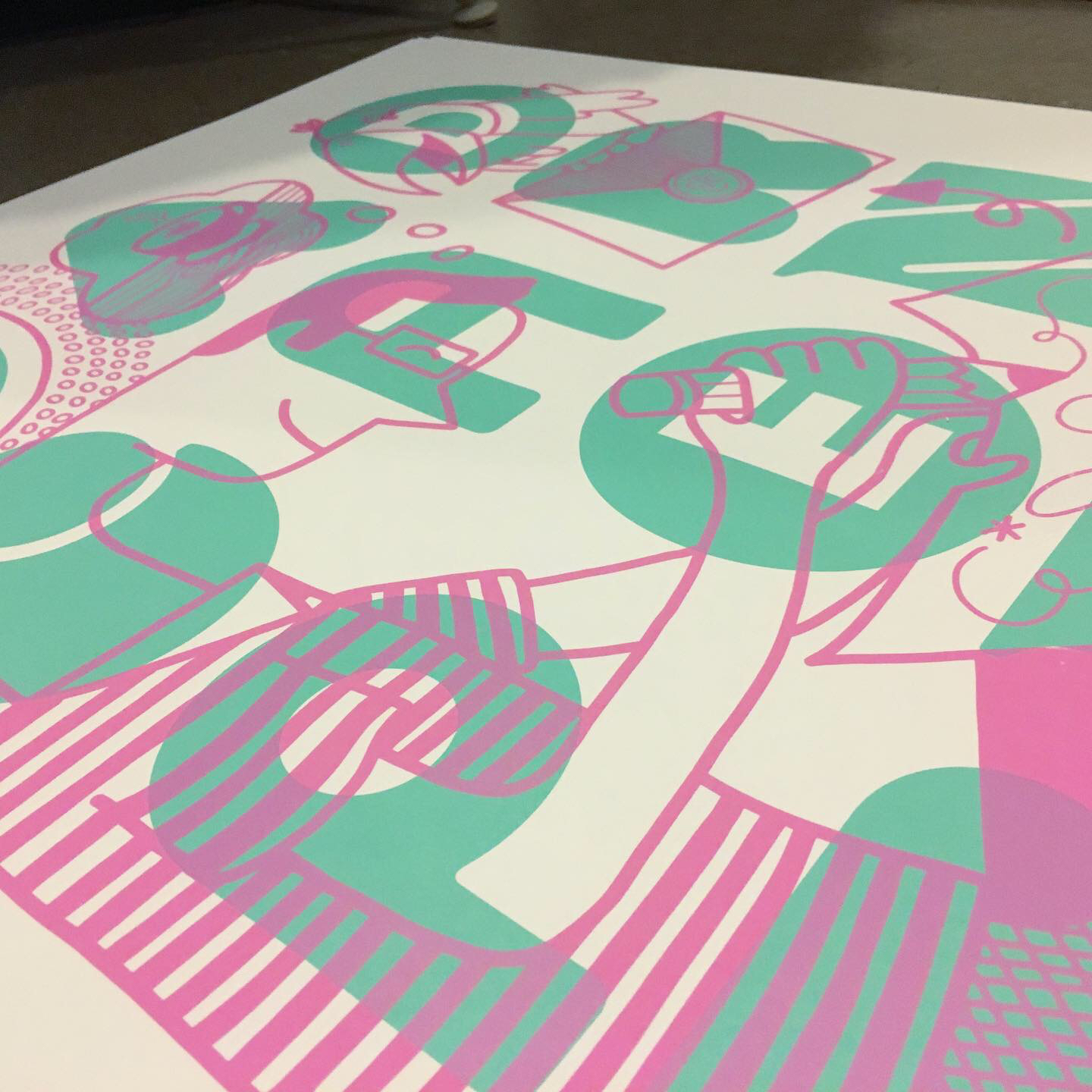

Has she really cut off her hair? Raw reality meets bizarre surreality in Kahlo's art.

Frida Kahlo – Self-Portrait With Cropped Hair (1940)įrida Kahlo's shorn hair floats as if it were a living thing in this dreamlike painting.

Freud's self-portraiture exposes at its sharpest his acute sense of the discomfort of being a person. It is as if he is painting a monstrous stranger. In this and other paintings by Freud, that technical fact is made disturbingly explicit as the artist coldly views his reflected image. Mirrors have been essential tools of self-portraiture since Parmigianino's time. It is a painting of alienated and anxious self-consciousness. Seen in a mirror, he dwarfs his tiny children. The artist is a colossal father figure in this uneasy painting. Reflection With Two Children (Self-Portrait) (1965) by Lucian Freud. Lucian Freud – Reflection With Two Children (Self-Portrait) (1965) Those eyes were never bigger – or braver – than in this unillusioned, atheist painting of the artist battered by time and recognising the nearness of his own mortality. Picasso always portrayed himself with big eyes that seem to swallow up the beholder, insisting, even as he turns himself into a painted object, that it is he, not you, who does the looking. Pablo Picasso – Self-Portrait Facing Death (1972) This precocious painting is the theme of John Ashbery's great poem, Self-Portrait in a Convex Mirror. In the early 16th-century, Parmigianino looked at himself in a convex mirror and painted his distorted reflection, his huge hand close to the surface of the picture, his face the focus of a selfie-like bubble image, in which time and space warp vertiginously. It's not only modern artists who portray themselves in thought-provoking ways. Self-Portrait in a Convex Mirror (c 1524) by Parmigianino.


 0 kommentar(er)
0 kommentar(er)
